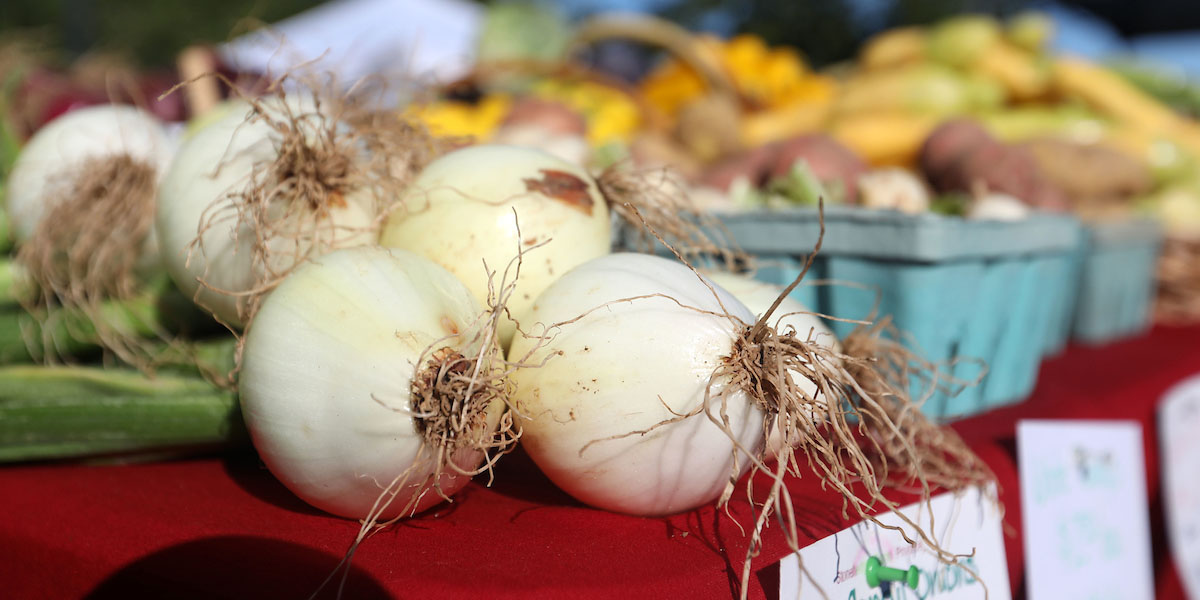Supporting our local food system has important implications for consumers, farmers, food-related businesses and entrepreneurs, and the community as a whole.
Economic Benefits
- Purchasing local food products from farmers keeps money in our local economy. Money spent on local food goes to members of our local and regional farming community as opposed to absentee-owned corporate businesses.
- Spending money locally can have a multiplier effect. Farmers are more likely to reinvest money back into the local economy by purchasing their inputs locally and processing their products locally.
- Supporting local food and farm-related businesses increases farm income and jobs; thus contributing to a more vibrant local economy.
Health and Social Benefits
- A diet rich in fresh fruits and vegetables reduces ones risk of chronic diseases such as obesity, hypertension and heart disease.
- Produce that travels shorter distances from the farm to your table retains more of its freshness, flavor, and nutrients.
- Food production and consumption are an integral part of our social and cultural identity. Deepening relationships between farmers and consumers helps to build a vibrant local food economy.
Environmental Benefits
- Farmland is an important economic asset. As cities develop they often infringe upon and fragment farmland. Therefore, it is important to preserve productive farmland to maintain the integrity of our unique rural landscape and identity and to support agricultural productivity as an important piece of our local economy.
- Purchasing food grown locally reduces food miles- the distance food travels from the farm to your table- and has a positive impact on the environment. The average food item travels 1,500 miles, compared to the average locally produced item that travels only 56 miles.
- Supporting local food systems can help reduce waste. Approximately 41 percent of U.S. food waste goes to landfills. Instead of taking up space in the landfill, the valuable nutrients in wasted food could be composted and used for a variety of purposes including local food production.
Reference: http://www.cmap.illinois.gov/livability/local-food/about

